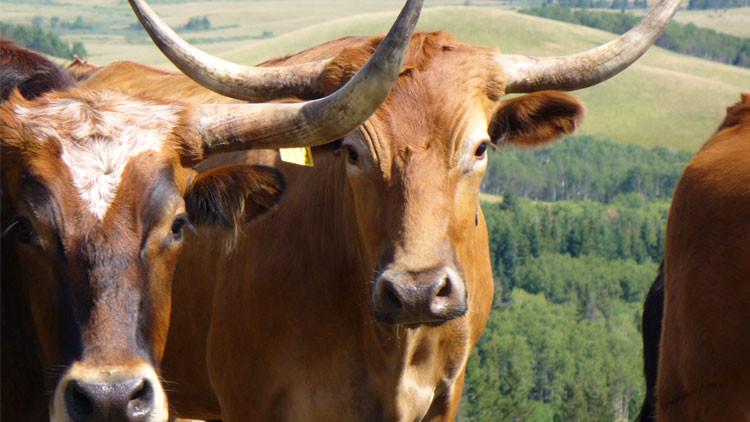Government mail service may be affected by the Canada Post labour disruption. Learn about how critical government mail will be handled.
Overview
Alberta has over 8 million acres (3.3 million hectares) of forests, shrublands, grasslands and associated riparian areas on Crown land that are grazed by livestock. Crown rangelands are managed by the Government of Alberta in partnership with farmers and ranchers (disposition holders) who steward the land through sustainable range management practices.
Publications
Guides collaborative approach to achieve the environmental objective and economic and social outcomes through rangeland management.
Outlines legislative and regulatory requirements for grazing disposition holders.
Outlines basic stewardship principles of rangeland management to maintain and enhance the health of Alberta’s Crown rangelands.
Rangeland Grazing Framework

This framework outlines the integration of sustainable livestock grazing on Crown rangelands through collaborative land management by disposition holders and the province. It has been endorsed by the Minister Loewen of Forestry, Parks and Tourism, Minister Savage of Environment and Protected Areas, as well as stakeholders representing Alberta’s livestock industry.
Managing Crown rangelands
The disposition holder pays annual rent to graze livestock on Crown land. A portion of annual grazing rental fees fund projects that protect and enhance rangeland ecosystems through the Rangeland Sustainability Program.
A planned and balanced cycle of forage harvest and renewal through grazing will protect range resources. Key Government of Alberta goals for effective management of Alberta’s public rangeland are to maintain:
- a diversity of native plant species, especially those that are deep-rooted and productive
- vigorous, healthy plants with well-developed root systems
- adequate vegetative cover to protect soil from erosion and to conserve moisture
For more information, see:
Contact
Rangeland contacts
Contact the Agrologist or Lands Officer responsible for a particular rangeland area:
General information about Crown rangelands
Phone: 310-LAND (5263)